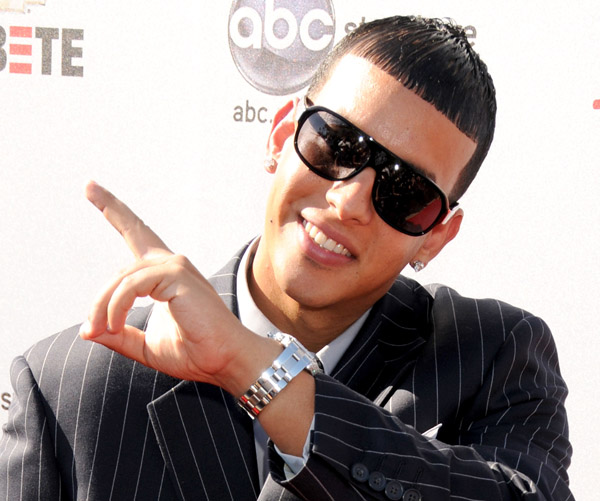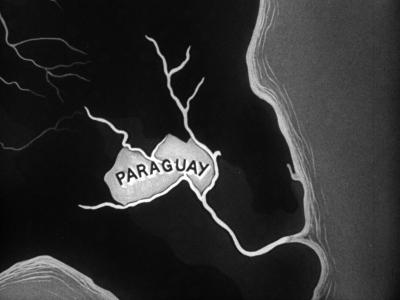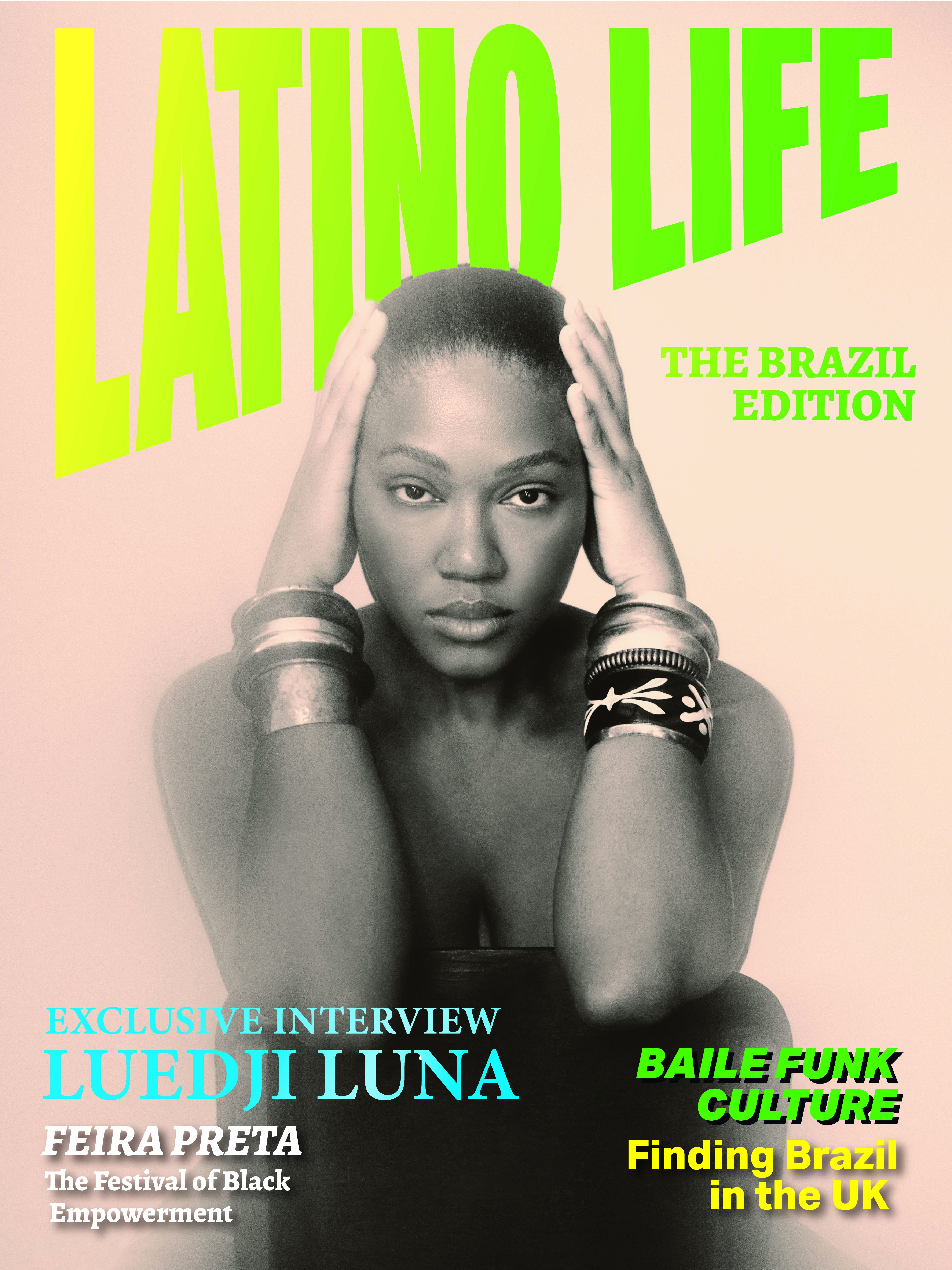Watching the swirling choreography of dozens of dancers in Calle 13’s high-production show at the Grammy awards, or the bling surrounding Daddy Yankee, or Shakira getting down and dirty to the Reggaetón beat, it’s difficult to imagine that only a decade ago Reggaetón was banned in the country that is mostly known for creating it. Now part of the global music industry establishment, the once scorned Afro-Caribbean expression is Puerto Rico’s biggest cultural export, providing club anthems all over the world. Reggaetón has come a long way, having taken many different paths since it emerged from the streets of San Juan, even changing its name to the more marketable Urban Latin. But at what price has this “transformation” into a respectable commercial genre come? Who have been the winners and losers in this journey, and is this creative fusion of Afro-Caribeean rythmns - Bomba, Plena, Salsa and Bachata - with Hiphop and House, the better for it?
A Puerto Rican Street Tale
Back in 2000, before Daddy Yankee’s Gasolina made Reggaetón a worldwide phenomenon, a new, raw thumping beat was the constant soundtrack to the hustle and bustle of the Puerto Rican capital. From sound systems in barber shops, buses and newspaper kiosks to bars and nightclubs, every pore of the city was blasting out the sound then known asUnderground. The music wasn’t coming from radio stations; these were mixtapes of tracks produced in backyards, copied and pasted in the most basic way by DJ’s like DJ Playero and sent out to the streets. “Most of the promotion and distribution was done by the artists themselves, backed by street money, basically drugs money,” says DJ Jose Luis, the UK’s leading Urban Latin DJ and promoter, who was in Puerto Rico at the time. “But they were selling 30 – 40,000 copies and lots of money was being made by the people doing it, on the black market.”
Even though the artists sang more about girls than guns (the gun related lyrics were sang to Hip-hop beats), making the music hugely popular among the female market, radio stations were banned from playing Reggaetón due to the sexually explicit lyrics. Despite this, DJ Nelson’s Xtassy Reggaetónmixtape, (including a massively popular version of the Eurythmics’ Sweet Dreams) which brought slicker more sophisticated production values to the street music, sold 100,000 copies in 2001. So the police then moved in to stop this mixtape industry, a campaign led by Senator Velda González. Radio executives and a united Reggaetón movement took the Puerto Rican government to the Supreme Court. The Reggaetoneros won the case on the grounds of freedom of expression, on an agreement that lyricists would water down their lyrics.
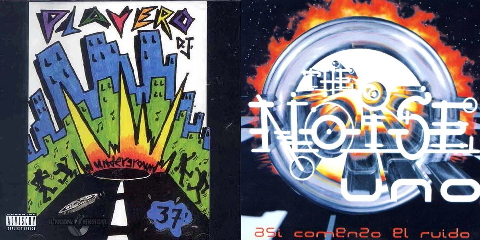
That’s when Reggaetón began to explode: Mexicano 777’s seminal album God’s Assasins sold 200,000 copies, Tempo got signed by Sony, Baby Rasta and Gringo were touring South America and the mixtape industry was making millions for some artists.
Drugs money was still central to the music, however, since many artists came from the street and got their mixtapes funded by the bichotes, who also financed huge street parties, paying the artists, for the sound systems and getting permits from local government. Despite this, artists and DJs a like have fond memories of this era; the sound and the scene was fresh, the power was still in the hands of the market, the music was close to its source, el pueblo, and the authenticity rang through it. More importantly the artists were making money from their music, even if the drugs barons like El Boster (aka Angelo Millones) were making a lot more.
“I remember that time with a lot of happiness, it seems like yesterday actually,” says Tego Calderón, who later became the first artist to break the US market and is already a Reggaetón legend in the same way that Ismael Rivera was for Salsa. “My fans, my public, gave me a lifeline. My life wouldn’t have been easy without music and what its given me so I feel very grateful.
The “clean up” was inevitable, however. The Puerto Rican elite weren’t about to let all the money stay underground. The Puerto Rican/US authorities made an example out of one of the biggest artists at the time, Tempo, by charging and sentencing him for drugs trafficking. With the new interests involved, many of these original artists like Mexicano 777 were never able to make it commercially because they were tainted by Reggaetón’s street image. Last year, El Boster was also finally sentenced to jail.
The Reggaetón Gasolina Rush
With the song Dominicana and the Spanish Remix of Fat Joe’sLean back, Tego Calderón shook the world of Reggaetón by breaking the US market. His undeniable talent and musical vision, incorporating Salsa and infusing Reggaetón with a unique voice and musicality, caught the US public’s attention and began to get US airplay.
“That was when the gold rush began,” says Jamar Chess, whose label Sunflower Records went from licencing Latin classics for use in dance tracks to signing up the latest Urban Latin star, Dominican rapper Vakero. “Latinos were showing their buying power in the US and Reggaetón was what they wanted.”
Chess, heir to the legendary blues label, compares the emergence of Reggaetón in the US to that of Blues back in the 1940s. “My grandfather, a Polish Jewish immigrant, signed up artists like Chuck Berry and Eta James when the white musical establishment wouldn’t touch them. It was only gradually that other white-owned labels caught on to the music’s undeniable appeal for the public, and began to jump on the bandwagon.”
Indeed, US labels, sniffing the green of the US-Latino demographic, now almost a quarter of the US population, began making the moves to cash in on Reggaetón, transforming it as they went along. While artists like Tego, who soon revealed himself to be too black, independently minded and politically outspoken for the US music industry, turned down sponsorship deals, in came Daddy Yankee. Good looking, white, and willing to take up all the commercial offers thrown at him, he accepted the offer from Puff Daddy to promote his clothing line that Tego refused (because of Central American sweatshop links) and the Pepsi deal. When Gasolinawas remixed by Lil’ John, it became an instant hit in the US R&B charts and took Daddy Yankee and Reggaetón global in 2004, from BBC Top of the Pops appearances in the UK to Iraq, where the tune resonated with a generation invaded for its oil. Weirdly, Gasolina became the anthem of Iraqi boys selling petrol on the black market at street crossings.
From Financial Rise to Artistic Ruin?
Jamar Chess’ decision to move into Latin Music when few were doing it paid off (Sunflower bought the catalogues of legendary Colombian label Disco Fuentes, full of Latin classics that many Urban Latin artists are now sampling) but the Reggeatón gold rush did not work for everyone. Along with other major labels, Universal Music launched an Urban Latin subsidiary, Machete Records, hoping it would become the Fania of Reggaetón. But the A+R people’s poor knowledge of and ear for the music, and lack of contact with the grassroots, meant that labels wasted a lot of money on advances for artists that never hit, such as Noztra, who Machete dropped after a few months. Machete Music, infact, never nurtured a Reggaetón artist that became big and went from being a semi independent entity to just a catalogue name for Universal Music, having to move away from Reggaeton to signing more obvious artists like Merengue singer Elvis Crespo.
Meanwhile, every commercial music brand, from Ricky Martin to Paris Hilton, was told to do Reggaetón remixes and albums. “The result was that the commercial US Urban Latin industry turned into a production line of cheap, badly produced tracks with no ties to its musical roots, no nurturing of real talent and no quality control. They saturated the market with rubbish rather than spot and support the talent that was out there,” says DJ Jose Luis.
Tego says he began to “distance myself from the genre, when I saw it was prostituting itself too much. It happens to all genres at some point, the over saturation, with the labels putting out albums of low quality, the media hyping everything, just trying to squeeze dollars out of it without really caring. I’m not pointing the finger but there’s a lot of crap, not just in Reggaeton. The over commercialisation produced a lot of cynicism in the fans and started putting them off the genre.”
What happened to UBO, the label that sold hundreds of thousand of copies of The Chosen Few, the definitive Reggaetón compilation and DVD, is an example of one label trying investing without real knowledge of the dynamics of the Reggaetón market. Soon after the Chosen Few 2 they filed for bankruptcy, leaving a few artists who had already got advance royalties for their albums unable to make their albums. Simultaneously, Wu Tang Latino (Wu tang Clan), Bad Boy Latino (Diddy), Rocca La Familia (Jay Z) started projects and signed artists from all over the US and the Caribbean. Their push created a new genre via Reggaeton: Urban Latin.
Full Circle
There is a quiet after the storm, according to Jamal Chess. “Things have settled down, you have the big artists with a lot of following, such as Wisin and Yandel who recently sold out Madison Suqare or Daddy Yankee, who just launched his own cologne, but Reggaetón as a pure genre reached a plateau and is going back to the drawing board.”
Indeed while labels were trying to find Reggaetón artists that would give them gold, the music and market began evolving so fast, incorporating different styles like Cumbia, Merengue, and Bachata that A&R men found themselves in an endless goose chase, arriving at the party when the after-party had already started somewhere else.
But the labels that stayed close to the source of the music all the time are the ones that have survived. White Lion Records, the Puerto Rican label that signed artists from the very beginning, has retained its quality artists such as Tego (who went to Atlantic and Sony before going back to White Lion), and signed and nurtured artists through all the stages, launching them into the US market through distribution deals with the majors. White Lion now has Calle 13 and Voltio, two of the biggest names today, and just released two of the new big names, Coscucuella and Joel and Randy, who are already selling well.
Meanwhile, new talents who have made it big through years of hard work, good management and talent like Don Omar and Wisin & Yandel, have created their own labels and are snapping up new artists before the major US labels latch on, while A&R men of big labels continue trying to catch the trend. This has meant that, even though there is less money in it, the artists themselves are reclaiming control of their music in the same way to when it all began, promoting their own music via the internet.
And let’s not forget, the name may have changed, but Reggaetón opened the doors for talented and hardworking US-Latino rappers have found a way of crossing over where labels have failed. Pitbull, the Miami-based Cuban-American who has quickly has become a global household name and Joell Ortiz, a Newyorican rapper is seen as the next big thing in American Hip Hop, due largely to his Hispanic following. A Panamanian singer, DJ Flex became an eight times Latin Grammy Award winner in 2008. Calle 13 has won more than 10 Grammies in the last 3 years. Urban Latin has become a hugely popular genre, outselling more traditional Latin genres such as Tropical or Rock.
“Things have come full circle, with new the streets rather than the industry dictating what is happening.” says Jamar. “Big labels have had to resort to mixtapes again to promote their artists, and seek out insiders to tip them off on whose making waves on the streets. I feel a bit like my grandfather when he started his label back in the 40s, feeling in the dark and having to go by feel and instinct.”
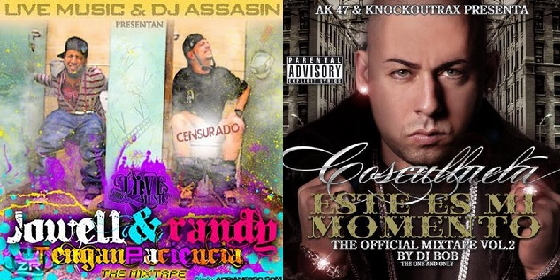
In many ways what has happened to Reggaetón, reflects what is happening in the music business in general. “The business is growing, the creativity and market for music bigger than ever, but it is still difficult to monetise. This problem is part of the broader problem the music industry is facing with downloads replacing CD sales. This is amplified with the Latin market because even less people buy legitimately.”
The internet has transformed music and the way it is consumed. Artists are circulating mixtapes online for free as a way of getting themselves known. There are huge Urban Latin Music internet forums where kids upload and download tunes. Gone are the days of big advances. Live music and touring is where the money is being made.
“The music industry has evolved so much,” says Jamal. “But it is still about people and artists and creativity so in a way it’s stayed just the same.”
That is why original artists like Tego, who was always about making music, and can pull the public back with great live performances are the ones that have survived the storm. “What we need is for the quality to return to the music and that is what’s happening now. The music has gone through its stage of adolescent silliness and is entering maturity. El agua siempre regresa a su cauce. It’s a process that the genre had to go through and is coming out the other end.”


